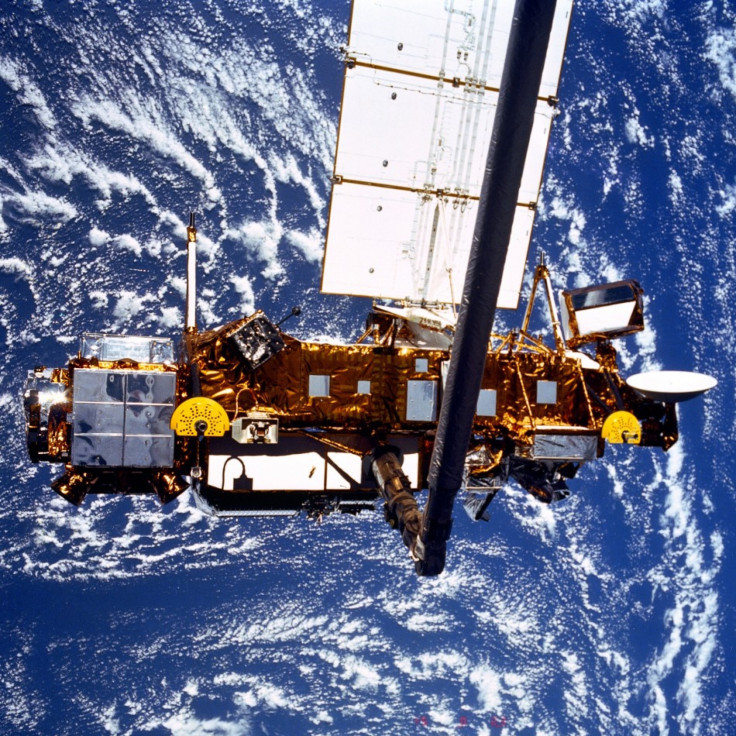NASA’s Dead Satellite to Hit Earth Within Hours

NASA's bus-sized dead satellite is expected to fall to Earth within hours Friday, giving some parts of the world yet unknown a spectacular sky show.
The tumbling Upper Atmosphere Research Satellite will enter the upper atmosphere, partially melt, disintegrate and scatter charred debris over a stretch of 500 miles, the agency says.
Although the spacecraft will break into pieces during re-entry, not all of it will burn up in the atmosphere and the odds that a falling satellite will fall on someone today are about 1 in 3,200, according to NASA.
One can track the UARS satellite in real time at n2yo.com, a site created for Fox News.
On Wednesday, NASA ruled out the possibility of the satellite falling on North America. The news generated mixed reactions. In a poll of 5,000 people conducted by MSNBC.com, 10 percent were relieved to know the falling debris will miss North America, 34 percent were unhappy to miss the fireworks and 42 percent were worried about the rest of the world.
NASA already conducted a detailed re-entry risk assessment for UARS in 2002 and it determined that the debris from UARS would not harm human beings. Following are the excerpts of the study:
* Number of potentially hazardous objects expected to survive: 26
* Total mass of objects expected to survive: 532 kg
* Estimated human casualty risk (updated to 2011): About 1 in 3200
The 20-year-old satellite, the size of a bus, was originally expected to re-enter Earth's atmosphere either late September or early October but the re-entry has advanced due to a sharp increase in solar activity since the beginning of this week.
In 1991, NASA launched the $750 million project, to observe numerous chemical constituents of the atmosphere with a goal of better understanding atmospheric photochemistry and transport. The satellite was decommissioned on Dec. 15, 2005, after maneuvering into a shorter-lived disposal orbit. Then its residual orbital lifetime was reduced by about 20 years.
About 150 component types of the satellite are expected to disintegrate during re-entry, but 12 types would endure the fiery fall to Earth, according to a computer analysis of satellite re-entry survivability for UARS components.
© Copyright IBTimes 2025. All rights reserved.





















